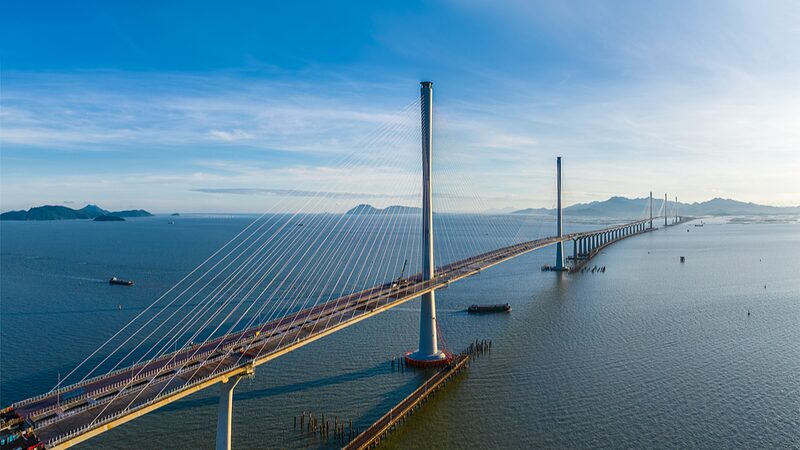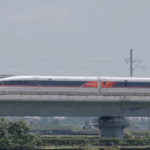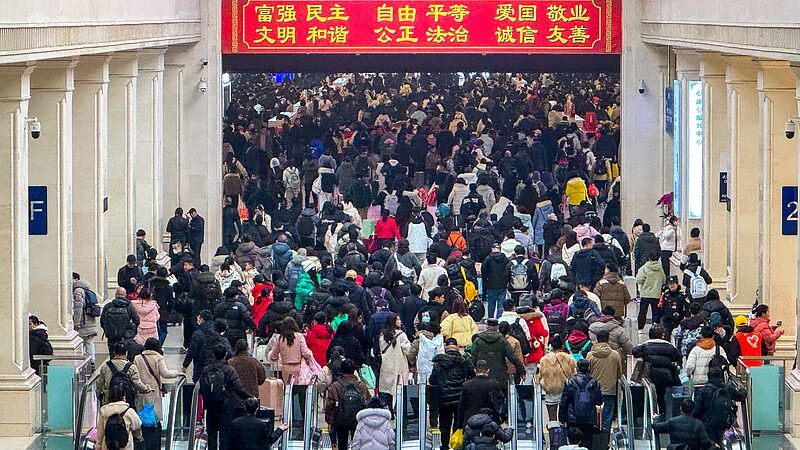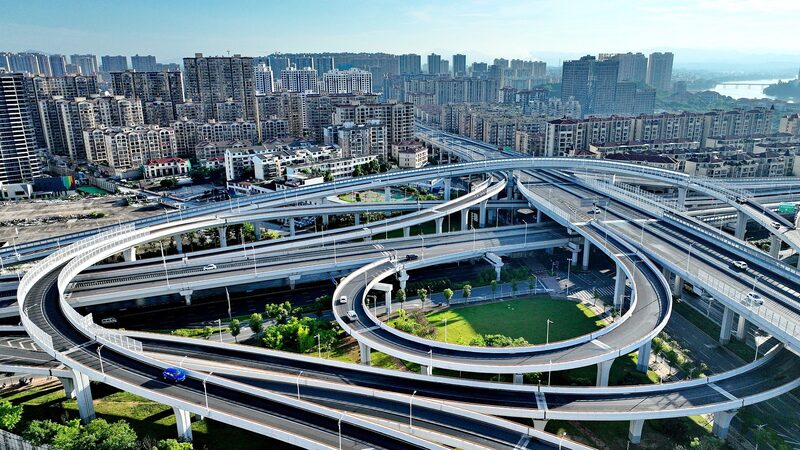Picture this: 🚲 the 1950s streets of Beijing buzzing with bicycles, affectionately called the 'Kingdom of Bicycles.' Fast-forward to today, where bullet trains zip between cities at 350 km/h, bridges stretch across once-impossible gaps, and airports hum with global travelers. How did China’s transportation leap from two wheels to world-leading infrastructure? Let’s dive in! 🛤️
Since the founding of the People’s Republic of China, transport has been the heartbeat of the nation’s growth. High-speed rail now connects 95% of cities with populations over 1 million, slashing travel times and fueling economic ties. Iconic projects like the Hong Kong-Zhuhai-Macao Bridge – the world’s longest sea-crossing bridge – turned geography into connectivity.
✈️ Air travel tells its own story: from just 36 airports in 1949 to over 250 today, China’s skies are now a bustling network linking every corner of the globe. This isn’t just about speed – it’s about rewriting the rules of how a nation moves, trades, and thrives.
Young innovators, take note: This transport revolution mirrors China’s tech-driven rise, blending ambition with sustainability. 🌱 Next stop? Maybe a hyperloop near you!
Reference(s):
cgtn.com





